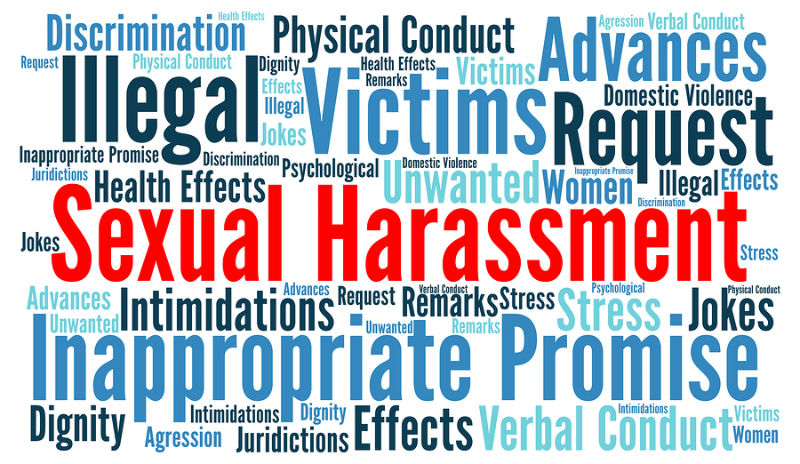AHS Sexual Harassment Training
November 2, 2020
Due to the events last school year concerning sexual harassment and AHS, the school held sexual harassment training events on Oct. 22 and Oct. 23. Yet despite what the school’s intentions may have been, the training ended in failure, creating dissatisfaction among many students who attended. The message delivered fell flat among the student body, as many were discontent with the seminar.
The training appeared to have been poorly planned, as the 40-minute session was plagued with technical difficulties. The Webex meeting was extremely laggy due to the sheer number of people who joined, rendering many things said by the guest speakers unintelligible. The session began with five minutes of waiting, as one of the guest speakers struggled to turn on their camera. In the latter half of the training session, the speakers attempted to show a video, but the video’s file format was not supported, so students were left confused, as they sat staring at empty screens. While the technical issues may have just been an oversight, they left many students disinterested and gave the impression that it was rushed and uncoordinated.
However, the technical difficulties were the least of the seminar’s issues. While the speakers did begin by implying that sexual harassment was bad, very little else was said about the matter other than that. Instead, the seminar focused on other topics, such as refusing to send pictures of oneself, as well as being aware that one can be exploited online. The speakers pressed their point about social media being dangerous far more than any of their points about sexual harassment.
The seminar opened with the story of Amanda Todd, a young girl who was sexually harassed and blackmailed by people online. Eventually, the harassment drove her to isolation and suicide. However, rather than focusing on the actions of the people who exploited her, the speakers instead chose to focus on the girl’s mistake of opening up to strangers, which seemed like victim-blaming to many.
For all its talk about limiting opportunities for sexual harassment, the seminar said very little to discourage sexual harassment itself. While the speakers previously implied that the harassment was reprehensible, they didn’t give a clear message against sexual harassment. Perhaps this was meant to be found in the video they couldn’t show, but the lack of a clear message left many discontented. It also said nothing about discouraging sexual harassment from happening, nor did it state that sexual assault would never be tolerated.
The seminar’s failure to condemn sexual harassers, combined with the feeling of victim-blaming, gave a message of “don’t let yourself be sexualized,” rather than a message of “don’t sexually harass others.” In the end, what we were left with was an overly preachy training session on not opening up to strangers and trusting adults. The irony of the message to trust adults to handle the situation was not lost on many, as the reports of sexual harassment were ignored by the very adults they are now telling us to trust.
In response to the negative feedback, the school hosted a follow-up meeting on Oct. 27, with far fewer people attending. The second session was able to address many of the concerns and was clear in its message that sexual harassment was not condoned. Although the training further increased the time spent on what to do after the harassment or assault had occurred, the speakers said very little on prevention. The most that was said was a short segment about stopping friends from crossing boundaries.
Although it still had its fair share of problems, the session managed to correct most of the problems seen in the first meeting. The views presented by the speakers reflected a more modern and reasonable understanding of sexual harassment, and the lack of technical issues made the meeting seem as though it was well planned. The meeting also unveiled new plans the school district plans on taking, including an app that would allow for anonymous reporting. Overall, the second training session was markedly better than its predecessor.
While the second meeting may have been an improvement, it reached far fewer people than the first, as people had been let down by the lackluster execution of the first meeting. The events the previous school year have undermined the trust of many students, leading some to believe that the first training session was a performative act. Even after the second session, some may believe that the school is spouting empty rhetoric in an attempt to repair its damaged reputation. Whatever the true intent behind the harassment training may be, the fact remains that the school still has much to do in preventing sexual harassment and regaining the trust of students.
Graphic courtesy of DUBECONSULTING.COM

